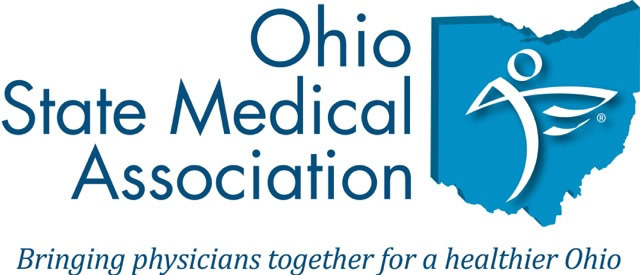Complete Story
10/07/2025
There’s a path back to independent practice—and it’s not as hard as you think
From ScrogginsGrear, OSMA's partner for Financial & Professional Services
Better tools, support services, and shifting hospital compensation are fueling a return to autonomy.
More physicians are rethinking life inside hospital systems—and starting to wonder if independent practice might be the better fit after all. With the right planning and support, it’s a path that’s not only possible, but increasingly practical.
“Hospitals and large systems are creating a niche for independent practices to stand out and be noticeably different,” said Steve Mathews, a practice management consultant at ScrogginsGrear, who has more than 30 years of experience supporting physicians and their practices. “It’s becoming more patient-centered, more personalized—and more feasible.”
Why physicians left—and what’s changed
Mathews says administrative complexity pushed a significant number of physicians toward hospital employment. Government programs like MIPS (Merit-Based Incentive Payment System), costly EMR systems, and day-to-day challenges with billing, HR, and staffing made private practice feel unmanageable. For many, hospital work held the promise of a better balance—and fewer headaches.
And some of those fears still linger, Mathews said, though they’re based on outdated assumptions. For example, EMR platforms have become more intuitive and affordable, while tech-enabled tools and outsourced services have streamlined compliance and operations. “These systems have become much more manageable than they used to be,” he said.
For physicians who transition to an independent practice, the biggest change is control. They regain decision-making power over their schedules, staff, equipment, and patient care. “In hospitals, doctors can’t just hire who they need or order equipment without going through layers of management,” Mathews explained. “In private practice, they can make those calls themselves—and it shows up immediately in both morale and the quality of care they can offer.”
That autonomy also gives physicians the freedom to schedule appointments based on specialty and patient need, not predetermined hospital time slots. Instead of rushing through patients every 10 minutes, they can choose to spend more time with complex cases—and create a better experience on both sides of the exam table.
Support services make independence more accessible
One of the biggest misconceptions, Mathews said, is that physicians believe that they have to do it all on their own. But with the right team, the transition to private practice can be both smooth and sustainable. He points to his own firm and how they support physicians at every stage of the process—from finding office space and setting up the corporate structure to managing credentialing, HR, accounting, and legal contracts.
“Physicians went to medical school to practice medicine—not to run payroll or figure out tax codes,” Mathews said. “We help handle the business side so they can stay focused on patients.”
Another major draw to join hospital systems - the financial aspect - has lost some appeal as well. Hospital salaries are beginning to shrink, especially as they restructure compensation plans based on unrealistic productivity benchmarks that most doctors can’t meet, thereby making private practice increasingly more competitive. “Independent physicians can often earn the same or more without the bureaucracy,” Mathews noted.
Still, the transition takes time. Mathews recommends a minimum four- to six-month planning window. Credentialing alone can take three months, and revenue doesn’t start flowing immediately. “Some doctors think they can give notice and be up and running in a few weeks,” he said. “It just doesn’t work that way.”
One recent client—a dermatologist—began planning in March and opened her new practice in November. “She was still working full-time while getting everything ready,” Mathews said. “It takes commitment, but it’s absolutely doable and worthwhile, as evidenced by how happy this doctor is with her new independent practice.”
The future of private practice is personal
One concern Mathews often hears is: Will patients come with me? The answer, he says, is typically yes. Most hospital non-competes don’t restrict private practice, and patients are free to follow.
“If you’ve built strong relationships, you’ll keep 85 to 90 percent of your patient base,” he said.
Looking ahead, Mathews sees independent practice not as a return to the past—but as an evolution. Today’s practices are powered by cloud-based EMRs, AI scribing, and outsourced business support. They offer a more personalized, flexible alternative to institutional systems—and younger physicians are paying attention.
“Returning to private practice is like the phoenix rising out of the ashes,” Mathews said. “It may have evolved—but it’s coming back strong.”
For physicians ready to reclaim their independence, firms like ScrogginsGrear are here to make the transition not only possible—but sustainable.
